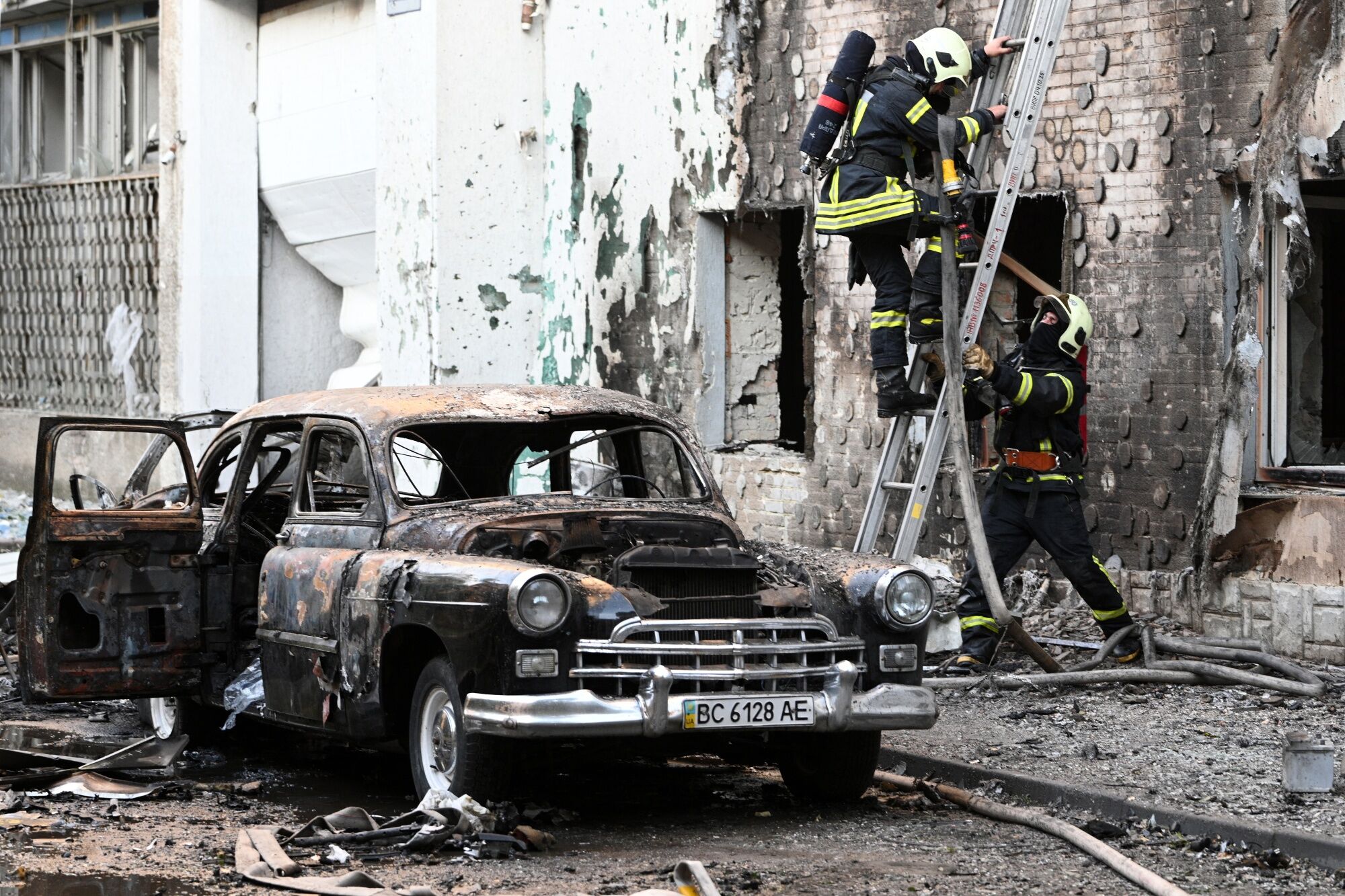The Complexity of US Involvement in Ukraine
The United States’ involvement in the conflict between Ukraine and Russia has sparked significant debate, especially as it relates to the broader geopolitical landscape. While the situation in Ukraine differs from the long-standing conflict in Afghanistan, there are notable parallels that have drawn comparisons, particularly concerning the challenges faced by leaders in managing these complex international issues.
At first glance, the US presence in Ukraine appears to be quite different from its role in Afghanistan. Unlike the 20-year war in Afghanistan, where American troops were on the ground, the current engagement in Ukraine is primarily through the provision of military aid and support. This distinction is crucial, yet it does not eliminate the underlying complexities that come with such involvement.
President Donald Trump, during his time in office, found himself grappling with the same dilemma that many leaders face: how to navigate a conflict without becoming entangled in its outcomes. As the war in Ukraine continues, Trump’s decisions are increasingly scrutinized, and the risk of being held accountable for the conflict grows.
Trump has expressed a desire to resolve the conflict quickly, but the ongoing nature of the war has forced him to reconsider his approach. He faces a difficult choice: either increase his involvement, which could alienate his base, or maintain a distance, potentially appearing weak in the face of Russian aggression. This balancing act is a challenge that echoes the difficulties experienced during the Afghanistan war, where the withdrawal of US forces led to significant backlash.
Comparing Conflicts: Afghanistan and Ukraine
While the conflicts in Afghanistan and Ukraine are fundamentally different, the similarities in terms of leadership challenges are evident. In Afghanistan, the US had a substantial military presence, with over 100,000 troops at its peak. The loss of nearly 2,500 American lives highlighted the risks involved in prolonged engagements. Ultimately, the US was unable to prevent the Taliban’s resurgence, leading to a withdrawal that left the country vulnerable.
In contrast, the US currently has no troops on the ground in Ukraine, focusing instead on supplying weapons and materiel. Despite this, the conflict has persisted for four years, with analysts suggesting that a complete collapse of the Ukrainian government is unlikely. However, the implications of the conflict remain significant, and the potential for further escalation cannot be ignored.
Trump has consistently tried to distance himself from the conflict, emphasizing that it is not his responsibility. He has claimed that the war would not have occurred under his leadership, stating, “It wasn’t my war — it was Biden’s war.” This stance reflects a desire to avoid being associated with the outcomes of the conflict, even as he faces pressure to take a more active role.
Political Implications and Public Perception
As the conflict continues, political figures and analysts have begun to draw comparisons between the situations in Afghanistan and Ukraine. Washington Post columnist Marc Thiessen warned Republicans about the dangers of blocking aid to Ukraine, suggesting that failure to support the country could lead to similar consequences as seen in Afghanistan. This warning underscores the importance of strategic decision-making in international affairs.
Similarly, Council on Foreign Relations President Michael Froman cautioned against hasty deals, highlighting the potential negative optics of allowing Russia to gain ground. He emphasized that such actions could undermine Trump’s efforts to be seen as a peacemaker. These concerns reflect the delicate balance that leaders must strike when dealing with complex international conflicts.
Recent developments have shown Trump shifting his approach, announcing a plan to send billions of dollars worth of US weapons to Kyiv. This move comes after a period of hesitation and reflects a growing recognition of the need for decisive action. However, the challenge remains in navigating the expectations of both allies and critics.
The Role of Support and Criticism
Despite these efforts, some of Trump’s most ardent supporters, including figures like Steve Bannon, argue that deeper US involvement could backfire. They suggest that providing offensive weapons to Ukraine could lead to the conflict being perceived as Trump’s war, potentially damaging his reputation and credibility.
This perspective highlights the complexity of the situation, as leaders must weigh the potential consequences of their actions against the need for decisive intervention. The media, along with various stakeholders, will undoubtedly play a critical role in shaping public perception of the conflict and the leader’s response.
In conclusion, the US involvement in Ukraine presents a unique set of challenges that require careful consideration. As the conflict continues, the lessons learned from past engagements, such as in Afghanistan, will likely influence future decisions. The path forward remains uncertain, but the need for thoughtful and strategic leadership is clear.







